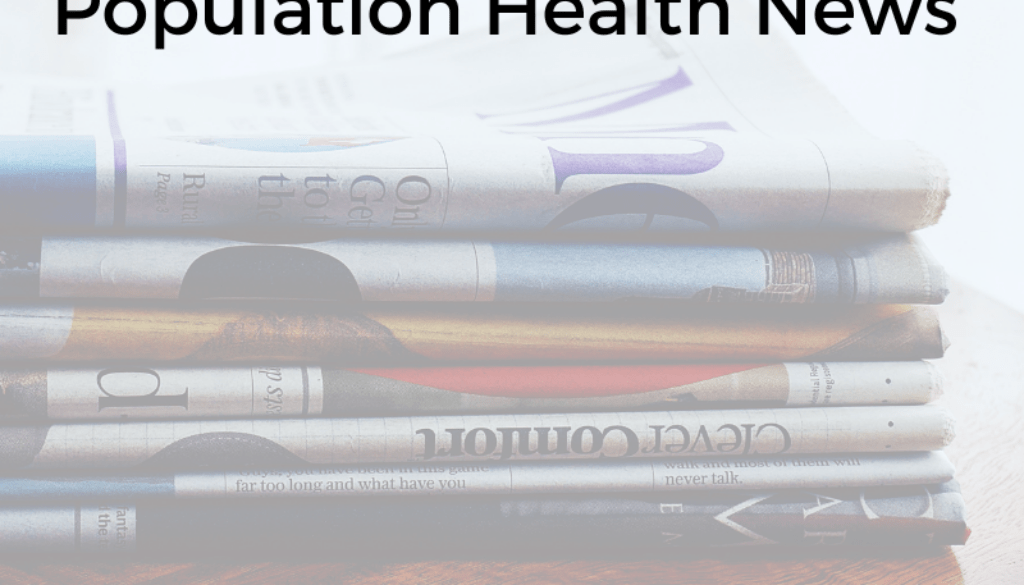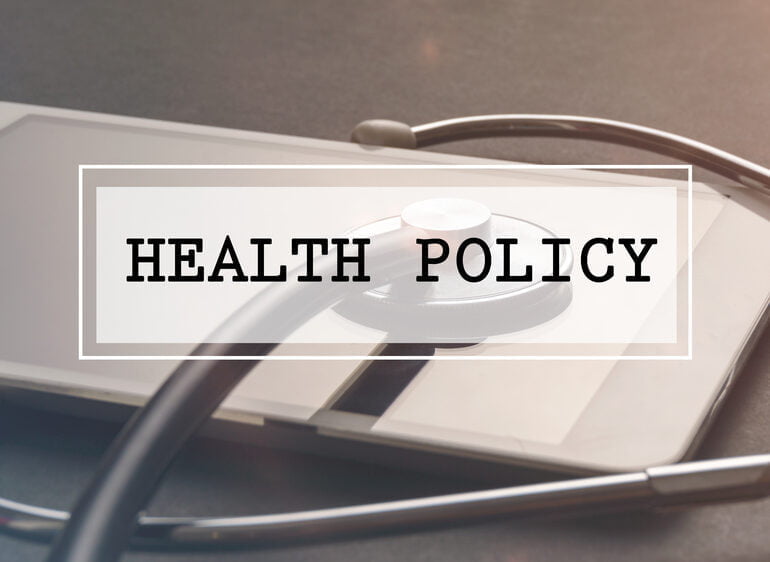Population Health News Roundup: January 2023
JoAnne DyerIAPHS Members in the News
Sandro Galea in The Hill: “[P]ublic health has a crucial role to play in shaping the conversation about migration.” Dr. Galea also refers to a new book he co-edited, Migration and Health, which explores “how the movement of humans affects health everywhere.” (January 11, 2023)
Elaine Hernandez in Journal of Health and Social Behavior: Spousal education is positively related to health, but more so for women than for men. “These results are consistent with network-based theories of social capital, which view education as a resource that can be mobilized by network ties to enhance health.” (January 8, 2022)
Michael Esposito in Social Forces: Regarding historical redlining: “[O]nly a small percent of a total disparity between contemporary Black and White neighborhoods is explained by HOLC grades. We discuss the role of HOLC maps in analyses of structural racism and health, positioning them as only one feature of a larger public–private project conflating race with financial risk.” (October 31, 2022)
Devon Greyson in Social Science & Medicine: Regarding COVID-19 vaccination intentions and concerns: “Survey respondents and interview participants demonstrated nuanced associations of vaccine acceptance and hesitancy shaped by perspectives of vaccine-related risks, symbolic associations of vaccines with hope, and intersecting social privileges and inequities (including racialization).” (September 29, 2022)
Monica Gutierrez in Advances in Social Work: “We argue Latina/o/x Critical Race Theory (LatCrit) is one of many frameworks that can guide social work praxis, as it enables us to better articulate the experiences of Latinas/os/x through a more focused examination of the unique forms of oppression they encounter around language, immigration status, and citizenship.” (Summer 2022)
Health Equity and Disparities
Sickle cell disease affects fertility, too: Though it’s not widely known, both sickle cell disease and its treatment can affect fertility. Sick cell disease affects Black people disproportionately. (Kaiser Health News, December 8, 2022)
Equal access doesn’t mean equal care: In Sacramento, people from Black communities have high rates of insurance coverage, but many report different treatment and experiences, including discrimination, in the healthcare system. Culturally responsive and reflective care is needed. (Sacramento Observer, December 30, 2022)
Structural racism can impact the brain-gut microbiome (BGM): “Discrimination is attributed to changes in the BGM system more skewed towards inflammation, threat response, emotional arousal, and psychological symptoms.” (Biological Psychiatry, October 28, 2022.)
Environmental Health & Justice
Making green gentrification more equitable: Making cities “greener” can sometimes cause displacement of an area’s current residents. Can in bike lanes, tree plantings, and other “green” development be done with equity in mind? (Bloomberg CityLab, November 10, 2022)
Fossil fuels linked to dementia: Higher rates of dementia and Alzheimer’s disease were linked to “increased exposure to PM2.4 and its major constituents.” (PNAS, December 27, 2022)
More arsenic and uranium in drinking water in communities of color: In communities with more Black, Latinx, or Indigenous people, arsenic and uranium levels are higher. Causes include “utility systems that are unevenly regulated or that have fallen into disrepair as a byproduct of structural racism that typically leads to a poorer quality of life in communities of color.” (Inside Climate News, December 27, 2022)
Built Environments & Spaces
Can built environments design fight depression?: In Japan, researchers found that perceived neighborhood attributes–such as higher perceived walkability–were related to fewer depressive symptoms. (Landscape and Urban Planning, March 2023)
In Hawaii, a connection to the land and ancestors is linked to health: In this podcast from the National Collaborative for Health Equity, ideas about the loss of connection homelands, connectiveness, and ancestral wisdom are discussed. Over half of native Hawaiians no longer live in Hawaii, which is increasingly unaffordable. (January 3, 2023)
Historical redlining and childhood obesity: Researchers found an association between the BMI of neighborhood children and a history of redlining, but did not find an association with walkability and childhood obesity. (Journal of Urban Health, January 9, 2023)
Policy & Programs
Another guaranteed income pilot program shows progress: In Tacoma, Washington, $500 in no-strings-attached cash was given to 110 households that were earning too much for public assistance, but still not making ends meet. The $500 was spent largely in retail sales, services, food, groceries, and housing and utilities. A final results report is coming in 2024. (Seattle Times, January 5, 2023)
Community health workers help get hearing aids in seniors’ ears: Participants in this clinical trial showed “significant improvement in self-perceived communication function” after receiving a hearing aid plus proper fitting and instruction from a community health worker. The HEARS program aims to connect with lower-income people with hearing loss. (JAMA, December 20, 2022)
Medicaid expansion linked to fewer postpartum hospitalizations: States that expanded Medicaid under the ACA saw a “17 percent reduction in hospitalizations during the first sixty days postpartum.” (Health Affairs, January 2023)










All comments will be reviewed and posted if substantive and of general interest to IAPHS readers.